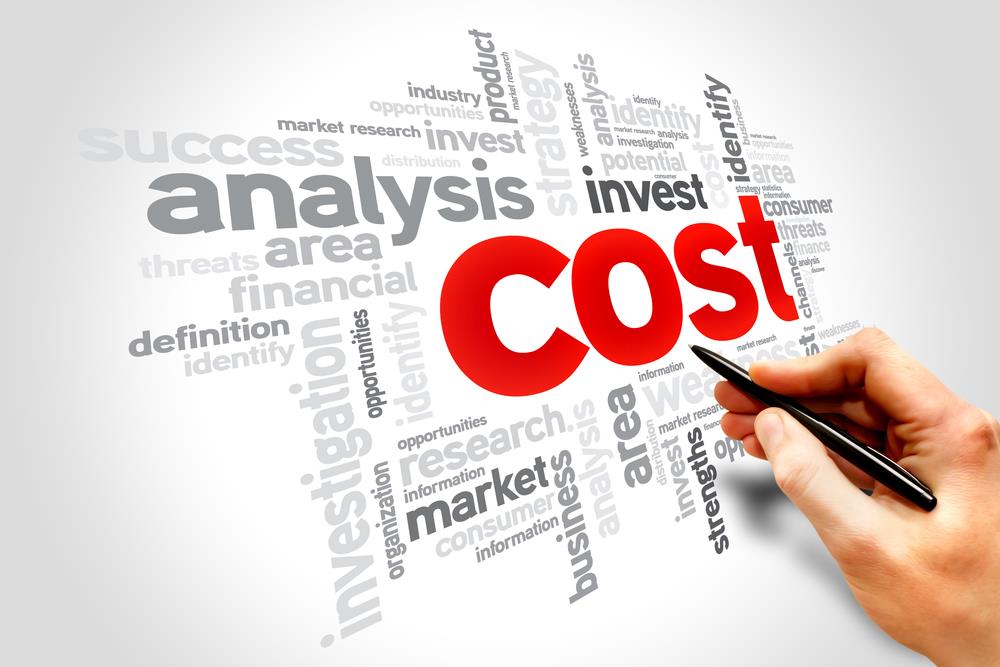Spend analysis is fast emerging as an essential business tools for executives and managers at organizations in multiple industries. It is an excellent way to carry out a multifaceted review of an organization by simultaneously identifying opportunities for cost reduction, improved contractual negotiation, and operational changes to improve profitability. Spend analysis is becoming a must have tool for today's procurement leaders. Here we outline the 5 best practices that will help transform your spend analysis operation:
1. Use Multiple Sources for Data Collection
The scope of spend analysis is only limited by the data that you feed it. Using multiple sources within the ERP system is one way to get more out of spend analysis and identify savings potentials and opportunities for growth in underexplored areas. Some sources you can use for this purpose are:
2. Organize Your Data in the Right Way
It goes without saying that valid, reliable data is the very foundation of effective and accurate spend analysis. Any data that is not properly organized, sorted, or categorized is likely to cause a disruption in the analysis process or even show inaccurate results. Therefore, structured data through the ERP or other internal company solutions is required which accurately reflects vendor identification, product information, category, and account codes. This ensures that all of the data gets properly included in the spend analysis process. An accurate analysis of products and vendors can help make more informed decisions which will prove to be beneficial in savings costs and increasing profitability.
3. Get Rid of the Miscellaneous Category
One major cause of errors in spend analysis is classifying data in a miscellaneous category. Getting rid of such an option altogether eliminates any chance of erroneous analysis and instead allows the re-categorization of such materials according to standard sorting policies.
4. Best Practices at the Project Level
A dedicated team of managers leading classification efforts and working towards commonly identified goals is essential for success.
5. Steering Overall Strategy
Key stakeholders and executives should get together for periodic review meetings to assess progress and identify areas for potential growth. Furthermore, the overall strategy during the spend analysis process should be to facilitate adoption according customer needs and supplier requirements. Lastly, the human resource component involved in this entire process should be appropriately trained and understand internal data structures, standard policies, and ERP systems.
The scope of spend analysis is only limited by the data that you feed it. Using multiple sources within the ERP system is one way to get more out of spend analysis and identify savings potentials and opportunities for growth in underexplored areas. Some sources you can use for this purpose are:
- Accounts Payable (AP)
- General Ledger (GL)
- Purchasing Department
- Credit Card Information
- Procurement Card or P-Card Information
- Details from Banking Partners
- Information from Manufacturers and Suppliers
- Supply Chain and Supplier Data from Logistics Partners
2. Organize Your Data in the Right Way
It goes without saying that valid, reliable data is the very foundation of effective and accurate spend analysis. Any data that is not properly organized, sorted, or categorized is likely to cause a disruption in the analysis process or even show inaccurate results. Therefore, structured data through the ERP or other internal company solutions is required which accurately reflects vendor identification, product information, category, and account codes. This ensures that all of the data gets properly included in the spend analysis process. An accurate analysis of products and vendors can help make more informed decisions which will prove to be beneficial in savings costs and increasing profitability.
3. Get Rid of the Miscellaneous Category
One major cause of errors in spend analysis is classifying data in a miscellaneous category. Getting rid of such an option altogether eliminates any chance of erroneous analysis and instead allows the re-categorization of such materials according to standard sorting policies.
4. Best Practices at the Project Level
A dedicated team of managers leading classification efforts and working towards commonly identified goals is essential for success.
5. Steering Overall Strategy
Key stakeholders and executives should get together for periodic review meetings to assess progress and identify areas for potential growth. Furthermore, the overall strategy during the spend analysis process should be to facilitate adoption according customer needs and supplier requirements. Lastly, the human resource component involved in this entire process should be appropriately trained and understand internal data structures, standard policies, and ERP systems.




